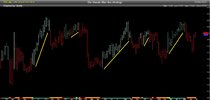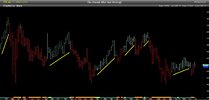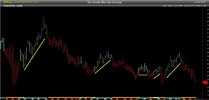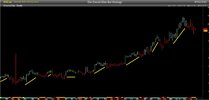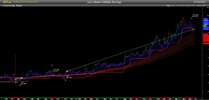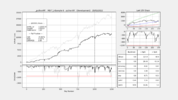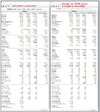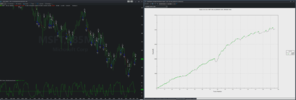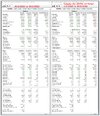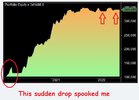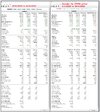- Joined
- 28 December 2013
- Posts
- 6,392
- Reactions
- 24,319
It pays to read what others think
Are there any clues when you should enter? It's all in the timing
@ducati916 is a regular contributor to this thread & one of his posts gave me the idea to create a simple visual strategy to see the results behind his words.
The simplicity of this strategy
"The Ducati Blue Bar Strategy", colours the bars (no matter the periodicity) in real-time telling you what to do next. We have all at one stage sung along to the bouncing ball above the words making it easy to say in tune. Well, it's the same way with this strategy. Put four traders in a room together & they will all have their reason why they "enter & exit" a position. Put four "system traders" in another room & their reasoning behind why they enter a trade can be just as dramatic & diverse.
Trading is a basic process
We all tend to overthink trading but when you strip back trading to the bare basics it's all about trading the price differential, catching trends, knowing when to get in & more importantly when to get out. Money management takes care of the rest. I'm not a fancy trader, I jump on confirmed trends & hop off in a timely manner looking for the next ride.
A coloured chart for Coles Group (COL)
Are there any clues when you should enter? yes, it is as simple as following the bouncing ball or in this case the colour of the bars. If you are like me you won't know where the next bar will go but the strategy does. Even when the chart doesn't have any signals you buy blue bars & sell red bars. I should also say, the first blue bar is the signal bar the next bar is the entry bar. It's the same with the red bars, the first is the signal bar the next is the exit bar.
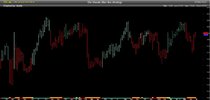
Marked chart for Coles Group (COL)
Now with the colors marked to show the progress of the bars
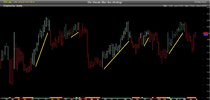
Skate.

